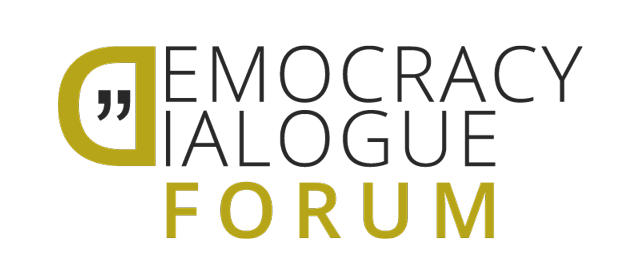Party Competition and Issues: Exploring Voting Models
Party competition is at the core of democratic governance, where political parties vie for power by presenting their positions on various issues. Understanding how voters assess parties based on these issues is essential in comprehending electoral outcomes. In this article, we will explore four voting models—proximity, directional, discounting, and compensational—and discuss Tavits’ distinction between pragmatic and principle issues.
Party Competition, Issues and Voting Models
Party competition revolves around the presentation and prioritization of different policy issues by political parties. Parties focus on specific issues to differentiate themselves from competitors, win voters’ support, and shape public opinion. These issues can range from economic policies, social justice, environmental protection, to foreign affairs and more. The voting behavior itself remains an important topic not only for the academic community, but also for the parties. The four voting models describes different theories how voters choose a certain political party.
- Proximity Voting Model: According to this model, voters choose the party that is closest to their preferred position on specific issues. Voters make their electoral decisions based on policy proximity, looking for the party that aligns most closely with their personal beliefs. This model assumes that voters are well-informed and have a clear understanding of their preferences and parties’ positions.
- Directional Voting Model: In contrast to the proximity voting model, the directional model focuses on the direction of policy change rather than the specific position. Voters assess parties based on their perception of whether a party will move policies in the desired direction. This model allows voters to express broader desires for change without requiring detailed policy knowledge.
- Discounting Voting Model: The discounting model suggests that voters discount the importance of issues they prioritize less. Instead, they focus on the issues that most significantly impact their own lives or society as a whole. Voters prioritize the party that aligns with their emphasized issues, potentially overlooking differences on other policy areas.
- Compensational Voting Model: This model assumes that voters consider a balance of issues and seek a compromise or trade-off between their preferences. They give varying weights to different issues, which allows them to compromise on some issues to achieve progress on others. A party that can offer compromises or signal a willingness to address multiple issues may gain voter support.
Tavits’ Distinction: Pragmatic and Principle Issues
Estonian political scientist Vello Pettai Tavits distinguishes between pragmatic and principle issues. Pragmatic issues involve tangible and immediate concerns that directly affect the well-being and interests of voters. These issues often have clear and direct policy solutions. Principle issues, on the other hand, are more ideologically driven and touch on broader values, morals, and beliefs. They often lack clear-cut solutions.
Voters tend to prioritize pragmatic issues when making electoral decisions. Pragmatic issues have a more immediate impact on their lives and are often easier to comprehend. Principle issues, while important, may take a backseat as voters are more likely to choose parties that offer practical solutions to address their immediate concerns.
Understanding Voting Behavior and Issues
Party competition is driven by the positions political parties take on various issues. The voting models provide frameworks for understanding how voters assess parties based on issue positions. Additionally, Tavits’ distinction between pragmatic and principle issues highlights the different considerations voters make when prioritizing their concerns.
By studying these voting models and understanding the interplay between issues and party competition, researchers and policymakers gain valuable insights into the drivers of electoral outcomes. This knowledge can inform political strategies, policy development, and help create a better understanding of the democratic processes that shape our societies.






Comments